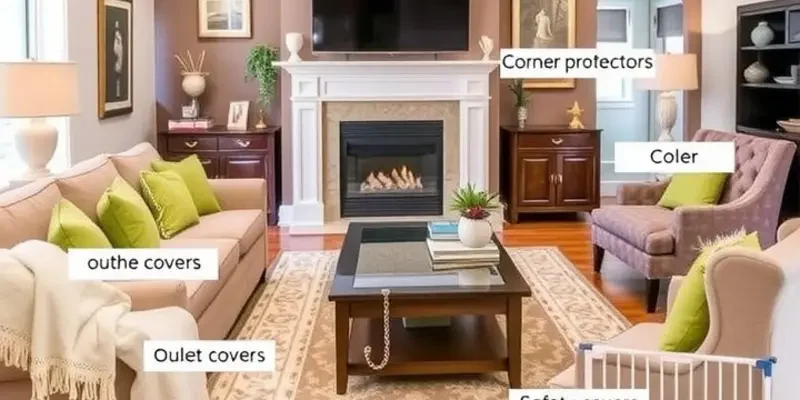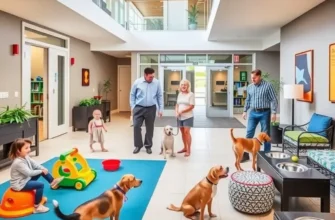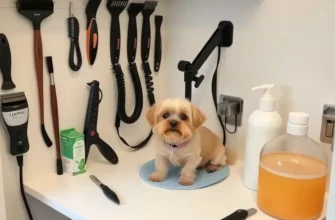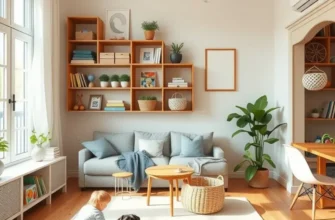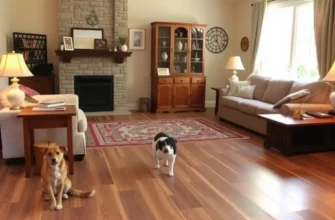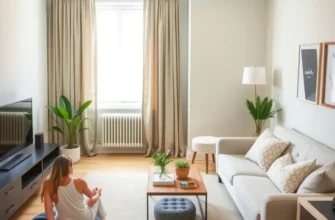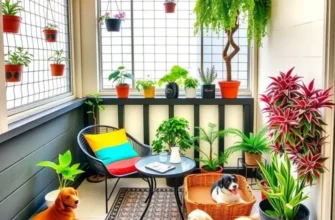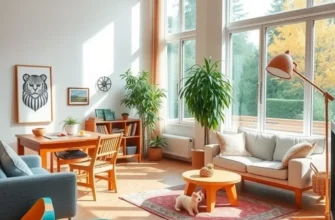Ensuring a safe environment for toddlers in an apartment setting is crucial for peace of mind among families, especially for those with pets. Toddlers are naturally curious and adventurous, making them susceptible to potential dangers that could impact their safety. Whether you are a couple renting your first apartment or a family juggling the needs of children and pets, understanding how to mitigate risks in your living space is essential. This guide is designed to equip parents, pet owners, and renters with practical solutions to transform your apartment into a safe, comforting haven for your little ones. From childproofing the interiors to incorporating pet safety in your plans, we have you covered for how to create a safe, comfortable environment that nurtures growth and exploration.
Childproofing Essentials: Your Tenant Rights
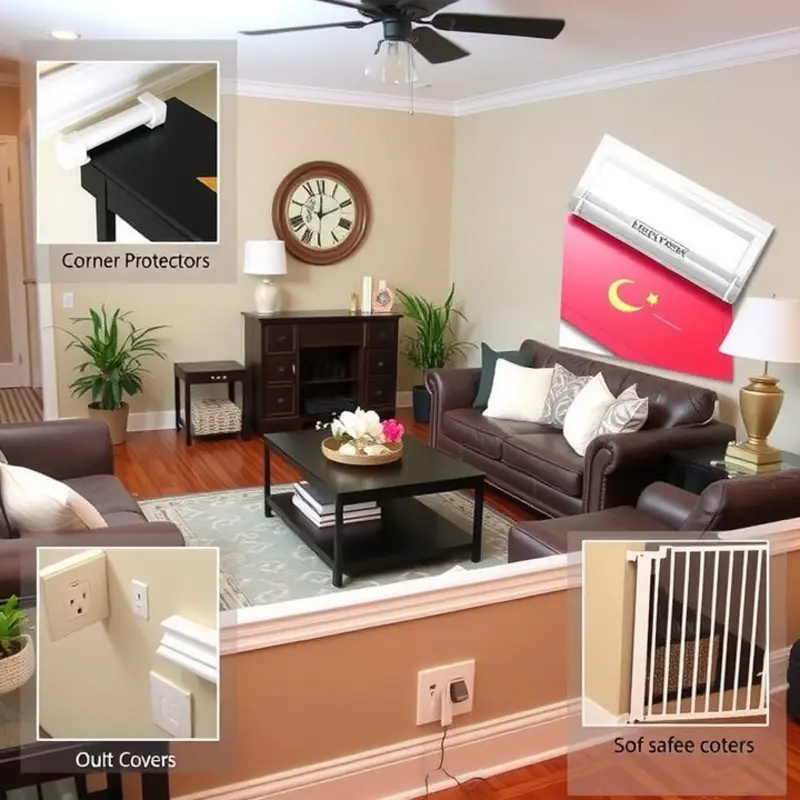
Creating a toddler-safe apartment involves balancing safety needs with rental agreements. Begin by identifying potential hazards. Analyze your space for sharp corners, unsecured furniture, and accessible chemicals.
Covering sharp edges is crucial to prevent injuries. Wrap edges of coffee tables or low racks with soft, non-damaging materials that won’t affect the furniture.
When securing furniture, use safety straps to anchor bookshelves and dressers to walls. These straps are easy tools that prevent tipping without drilling holes, ensuring you comply with landlord rules.
Another crucial step involves installing childproof locks on cabinets and drawers. Opt for adhesive-based locks, which attach securely without the need for screws. These locks are especially useful for securing areas with cleaning supplies or sharp objects.
Landlords might hesitate regarding modifications. It’s vital to know your rights. Reviewing your lease is the first step. Some leases explicitly state permissible modifications. If unclear, contact your landlord for written consent. This conversation helps in avoiding conflict while ensuring toddler safety.
Considering window guards? Landlords in many jurisdictions must permit them for child safety under tenant rights laws. These guards prevent falls and are usually removable, meeting both safety and lease requirements.
Balcony safety requires attention if you have one. Fitting balcony safety netting can be a renter-friendly solution. There are various non-permanent options that do not compromise lease agreements. You may explore tips here.
Fire safety is another major aspect. Ensure all smoke detectors function properly. You may request replacements if needed, as landlords must provide working safety equipment under most rental laws. These detectors alert you to emergency situations, vital when children are involved.
When discussing installation or adjustments, frame them as safety upgrades. This approach often aligns with landlords’ interests in property value and tenant safety.
It’s beneficial to remember your rights under rental laws. These often include making non-permanent modifications for family safety. Understanding these laws, along with open communication, ensures a cooperative approach to childproofing.
Ultimately, creating a toddler-safe apartment is about smart planning. By assessing risks and knowing tenant rights, you can secure your living environment without infringing your lease terms.
Designing a Safe Play Area: Comfort Meets Security
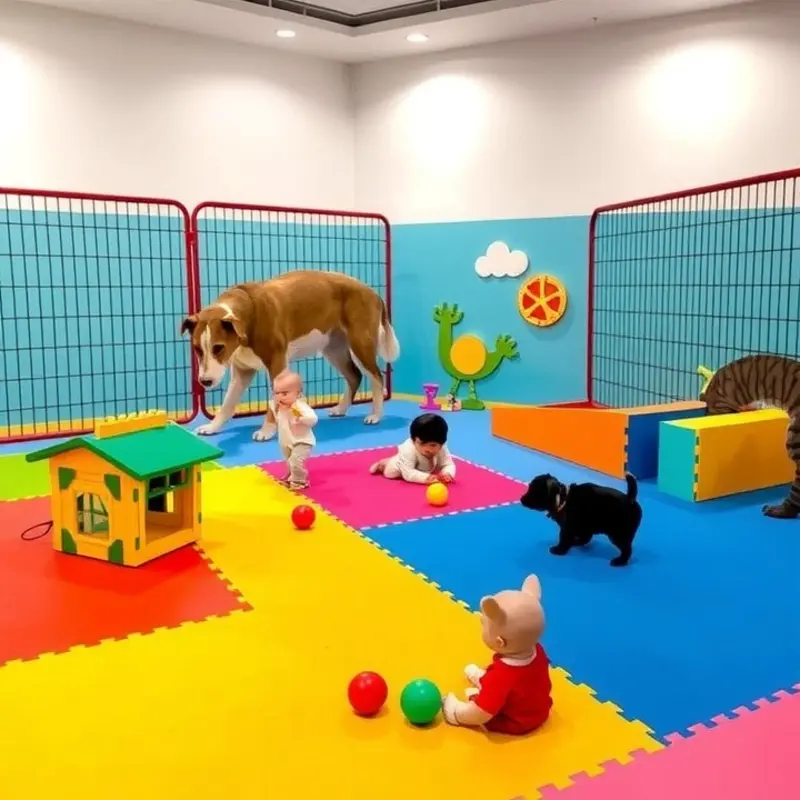
Creating a safe play area in an apartment for toddlers requires a balance between fun and security. Begin by designating a specific corner or section of the living space as the play zone. Setting clear boundaries helps toddlers understand where they can play freely. For families with pets, establishing these boundaries also protects furry friends from toddler antics.
Select Appropriate Flooring
The choice of flooring in a play area is critical. Soft, cushioned mats are ideal as they provide a padded surface for falls and tumbles. They can be arranged like puzzle pieces, allowing for flexible coverage tailored to your space. Carpets can also be an option, but ensure they are thick enough to cushion falls and do not have loose fibers that could pose a choking hazard.
Furniture Arrangement
Low-sitting, sturdy furniture is a must. This minimizes the risk of furniture tipping over and prevents climbing mishaps. All furniture, including bookshelves and cabinets, should be anchored securely to the walls. This is crucial in preventing tipping over when toddlers or pets pull or climb on them. Opt for furniture with rounded edges to reduce the risk of injury during play.
Secure the Area with Gates
Safety gates are valuable for separating the play area from other parts of the apartment, especially if stairs are near. Select gates with secure locking mechanisms that are hard for toddlers to open but convenient for adults. Ensure the gates are always locked to maintain a safe boundary.
Toy Selection and Organization
Choose age-appropriate toys without small parts that could pose a choking risk. Keep toys well-organized using bins or baskets placed at the child’s level. This not only encourages independence but also prevents clutter, which can become a tripping hazard. If organizing toys is a challenge, consider checking out these apartment organization ideas with baskets.
Incorporate Pet-Friendly Zones
If pets share the space, create designated areas for them within or near the play zone. This ensures pets have their retreat when the play gets too rowdy. Keep pet toys separate from toddler toys to avoid any confusion or ingestion of non-child-safe items.
Introduce Safe Storage for Hazardous Items
Non-toy items, especially those that may be hazardous, such as cleaning products or adult tools, must be locked away and out of reach. Install childproof locks on low cabinets to prevent curious hands from accessing off-limits items.
Encourage Safety Habits
Engage with your toddler to teach them about boundaries and safe play habits. Consistent gentle reminders about not climbing on furniture or playing rough with pets reinforce safety. Engage with them on the importance of sharing space harmoniously with their furry companions.
Balancing fun with security in a toddler’s play area ensures peace of mind and a nurturing environment. Both curious toddlers and their pet counterparts can enjoy their shared space safely, fostering a harmonious and happy home.
Final words
Creating a safe apartment for your toddler involves careful consideration of childproofing strategies and play area design. By implementing the tips provided here, you can transform your living space into a secure sanctuary that fosters exploration without compromising safety. This proactive approach not only minimizes risks but also enhances the overall comfort for your children and pets. Remember, when a space feels safe, it invites creativity and free play, allowing your toddlers to thrive and explore their world joyfully.

